Botanical Watercolor Pastels: Experimenting with Blending!
Let's Make Something!
~
Let's Make Something! ~
In the previous postwe touched upon the idea of blending using your finger to smudge two tones together. And that’s all there is to it, at its most basic – just layering one color over the other, then combining them gently together on the page. That’s a technique that’s referred to as dry blending – blending that occurs before any water hits the page.
As you grow in this practice, you may accumulate many brands of pastels. It’s a good rule of thumb when mixing pastels to be aware of their hardness. If you’d like a smooth blend, you want to make sure to use two pastels that are similarly soft for the best effect. Regardless of the tools you’re using, you’ll also want to make sure not to apply the pastel too heavily – we don’t need to build it up on the page in order to blend it – just a gentle nudging back and forth will do the trick. You can always add more if needed! Adding one pigment on top of the other to blend is called glazing.
Another technique is scumbling, which (among other definitions) describes the process of dragging a clean brush across the top of a color to remove pigment - and thereby lighten it. Of course, we can also lighten a color by the process of glazing – you may find, however, that it’s more economical to remove pigment to create lighter shades.
A few other types of dry blending involve mark-making with the colors we're aiming to blend. The techniques on this page allow us to combine together many shades uniformly.
Hatching, cross-hatching, and feathering
Hatching involves creating a series of parallel lines of varied colors, then blending them with our brush or finger; depending on the number of lines and the spacing, we can achieve more complex colors, or can create shadowed or ombre effects.
Cross-hatching is very similar to hatching – the same lines, but with some turned at an angle, to create a woven effect - these can remain blended or unblended, depending on what you're looking for.
Last, but not least, we can experiment with feathering – similar to cross-hatching, but using shorter lines that overlap more completely. Like cross-hatching, you don't have to blend these in fully - unblended feathering can create a lot of depth and visual interest in a finished painting.
Give these dry blending techniques a try, and experiment with different color families to see just how diverse a range of color you can create. In our next section, we’ll be adding water and experimenting with watercolor techniques, and can use your dry blending experiments to continue with our practice.
And of course, if you can’t wait to get crafting, check out our kit here! It contains everything you need to get started.

